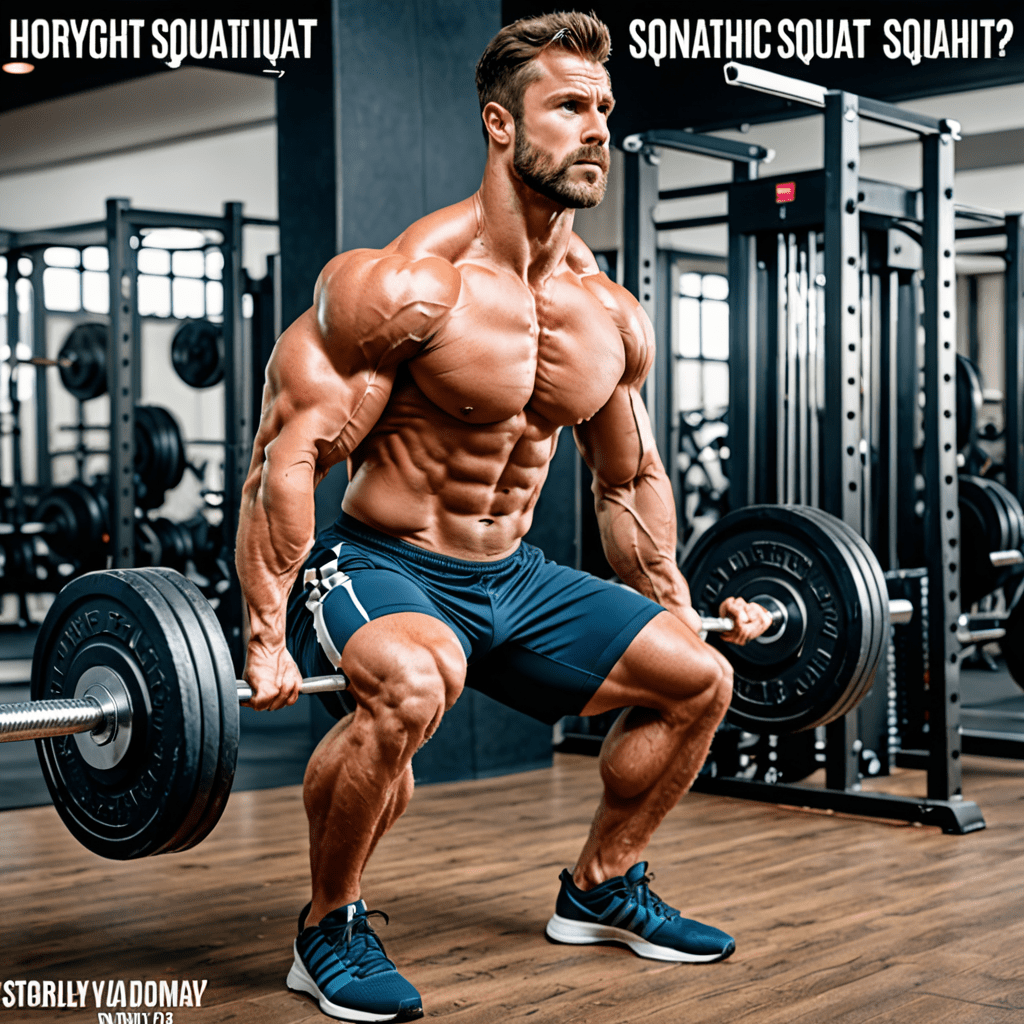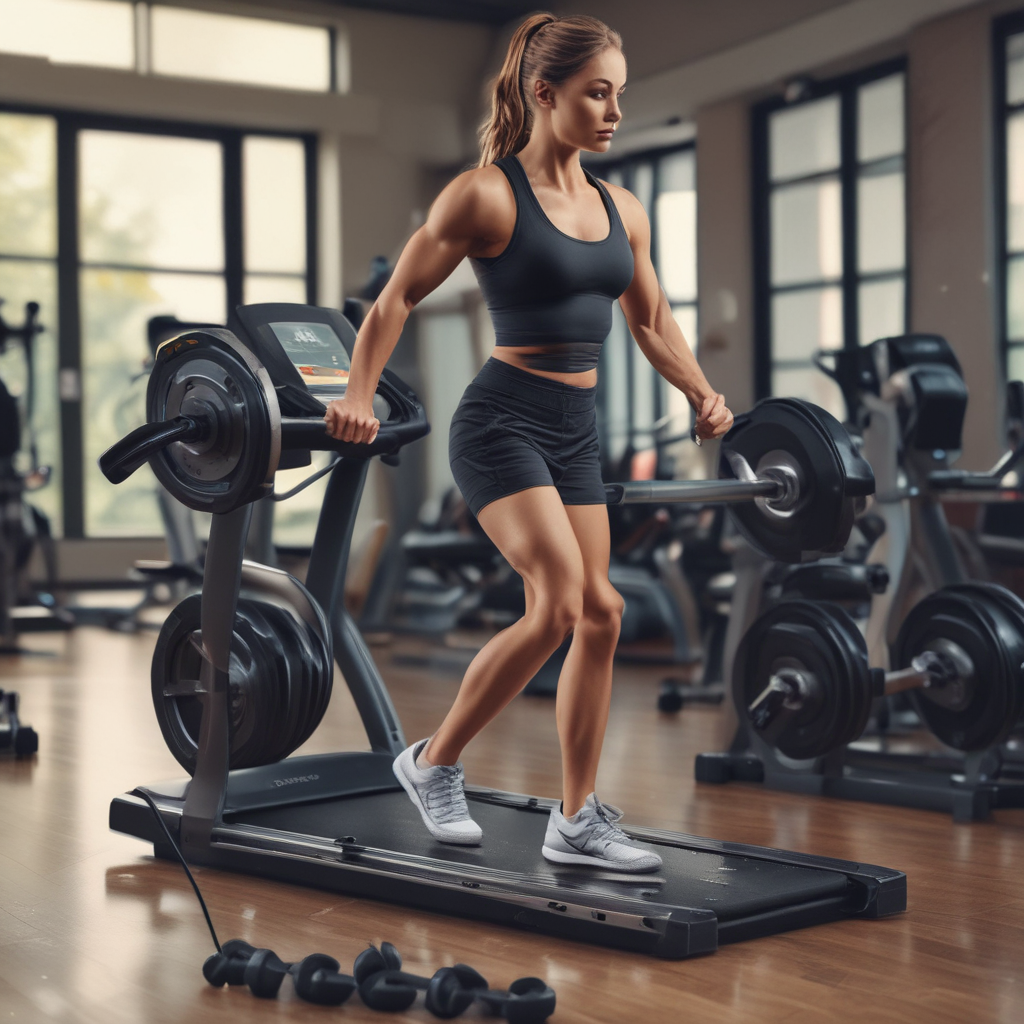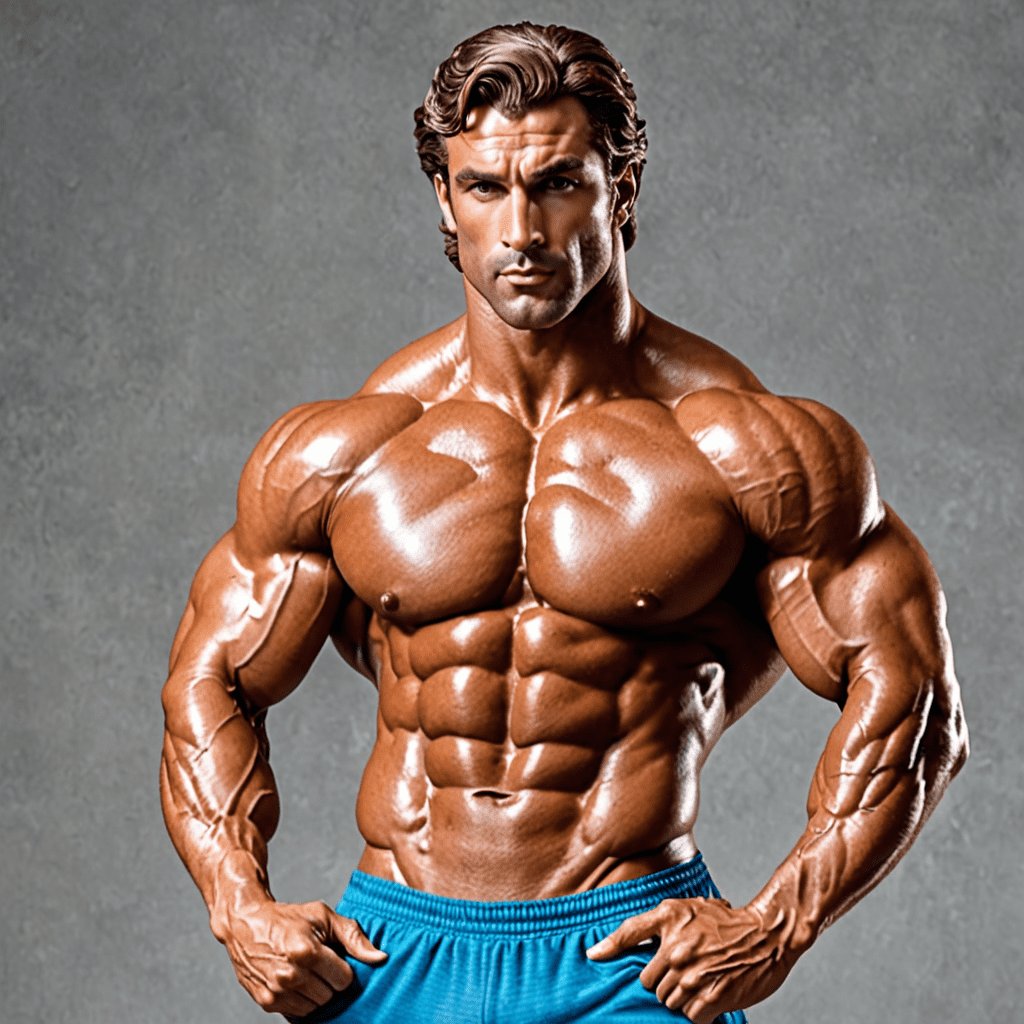
Sculpt and Burn: The Caloric Benefits of Squats
Introduction
When it comes to getting fit, building strength, and burning calories, squats are a powerhouse exercise. Not only do they work multiple muscles in your lower body, but they also provide an effective way to torch calories. If you’re wondering how many calories one squat burns, read on to discover the surprising benefits of this simple yet effective exercise.
Understanding Calories
Before delving into the number of calories burned during a squat, it’s essential to understand calories themselves. Calories are units of energy that our bodies need to function. When we consume food or perform physical activities, our bodies use calories to fuel these processes. The more intense the activity, the more calories we burn.
The Science Behind Squats
Squats are a compound exercise that targets various muscles, including the quadriceps, hamstrings, glutes, and core. This means that they engage multiple muscle groups simultaneously, resulting in an intense workout. The more muscles you engage during an exercise, the more energy you expend and the more calories you burn.
Calculating Caloric Burn
Although it’s challenging to determine the exact number of calories burned during a squat, several factors come into play. These factors include body weight, intensity, duration, and muscle mass. On average, a person weighing around 155 pounds can expect to burn approximately 223-298 calories during a 30-minute squat session.
Enhancing Caloric Burn
If you’re looking to maximize the caloric benefits of squats, there are a few strategies you can implement:
- Incorporate resistance: Adding resistance, such as dumbbells or a barbell, can increase the intensity and caloric burn of squats.
- Try plyometric squats: Performing explosive squat jumps or plyometric squats can raise your heart rate and boost your metabolic rate, leading to more significant caloric burn.
- Superset with other exercises: Pairing squats with other compound exercises can create a higher training stimulus and increase overall caloric expenditure.
- Perform high-intensity interval training (HIIT): Incorporating squats into a HIIT workout can ramp up the intensity, leading to more calories burned in a shorter amount of time.
The Benefits Extend Beyond Caloric Burn
While the caloric burn is undoubtedly a significant advantage of squats, the benefits extend beyond just weight loss. Regular squatting can help increase muscle mass, improve overall strength and stability, enhance flexibility, and boost athletic performance. Additionally, squats can contribute to better posture and bone health.
Frequently Asked Questions
1. Can squats help with weight loss?
Yes, squats can aid in weight loss due to the high caloric burn they provide. Remember, weight loss is influenced by a combination of factors such as nutrition, overall physical activity, and lifestyle habits.
2. How often should I do squats to see results?
Consistency is key when it comes to seeing results from squats. Aim to incorporate squats into your exercise routine at least two to three times per week to experience the benefits.
3. Can beginners do squats?
Absolutely! Squats can be modified to suit different fitness levels. If you’re a beginner, start with bodyweight squats and gradually increase the difficulty as you build strength and familiarity with the exercise.
4. Are there any risks associated with squats?
When performed with proper form and technique, squats are generally safe for most individuals. However, if you have any underlying health conditions or concerns, it’s always advisable to consult with a healthcare professional before starting any new exercise regimen.
5. Can squats make your legs bigger?
Yes, squats can contribute to muscle growth in the legs. If your goal is to build muscle mass, incorporating squats into your workout routine, along with proper nutrition, can help you achieve this.
6. What is the correct squat form?
The correct squat form involves keeping your feet shoulder-width apart, chest lifted, back straight, and knees tracking in line with your toes. It’s essential to engage your core, maintain a neutral spine, and lower yourself by bending your knees and hips until your thighs are parallel to the ground.
7. Can squats improve my athletic performance?
Absolutely! Squats are a functional exercise that mimics movements used in many sports. By strengthening your lower body muscles, squats can enhance your athletic performance, agility, and power.


